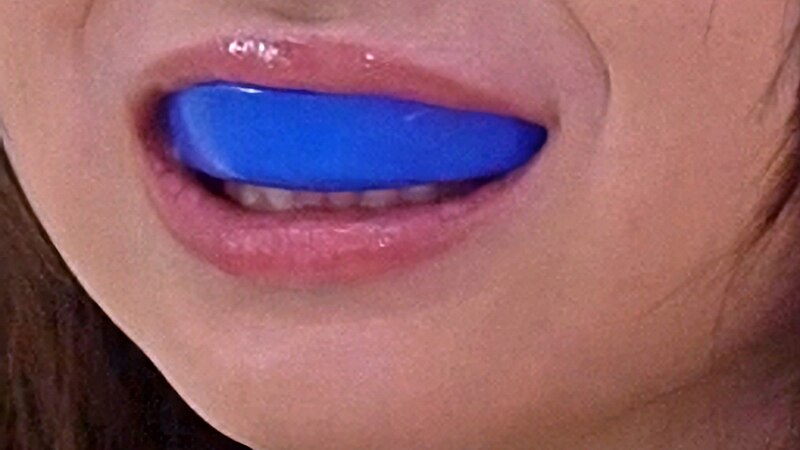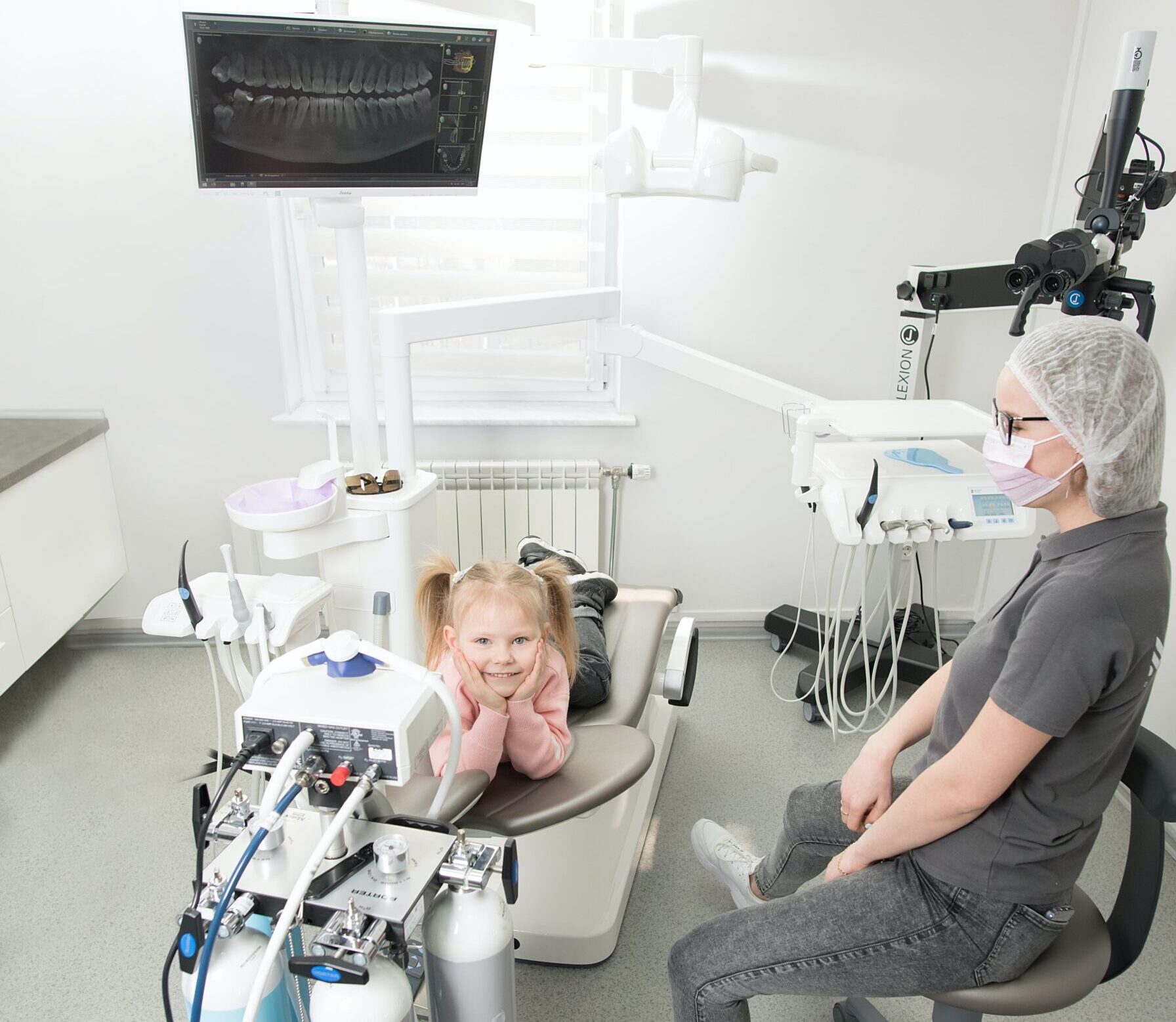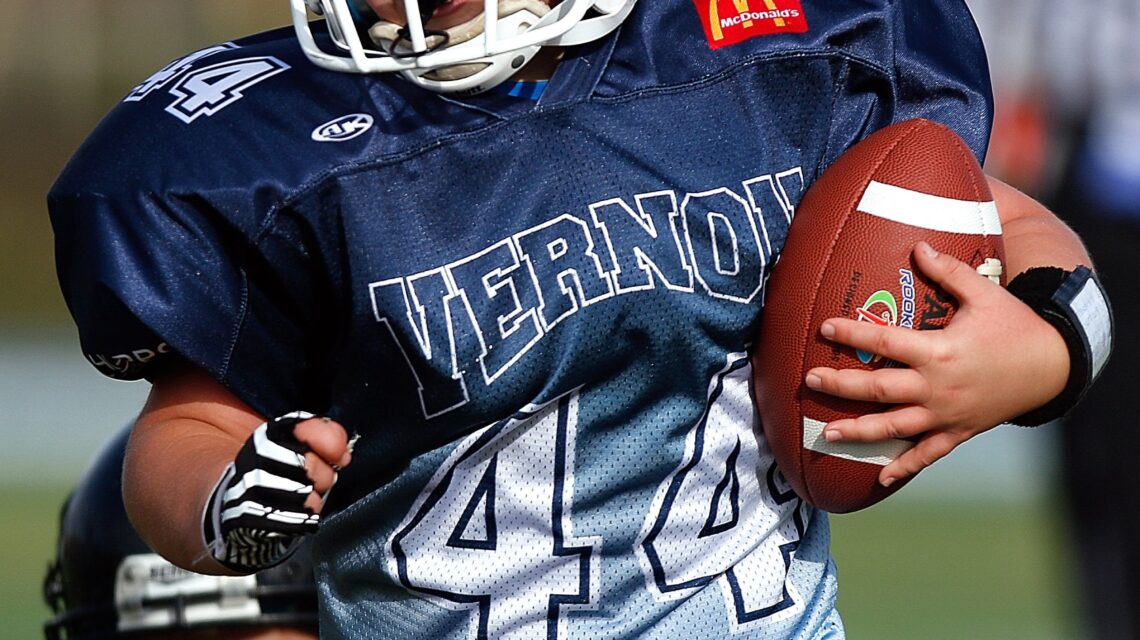There’s nothing more rewarding than seeing your kids’ faces light up when they play their favorite sport. Beyond the physical advantages sport brings, it’s also a powerful driver for their mental wellbeing enhancing social skills, teamwork, discipline, and self-esteem.
Despite the huge number of benefits sport provides, it does come with risks. Injuries are part of sport and unfortunately, dental injuries in sports are all too common. In fact, according to the American Dental Assistants’ Association, approximately 15 million Americans experience some type of sports-related dental injury each year.
At AZ Family & Kids Dental, we see sports-related dental injuries all too often. As your child’s favorite dentist, we will help your kids maintain their bright smiles and dental health, even when sporting accidents occur.
In this article, we look at some of the most common dental injuries that occur in sports, the sports with the highest injury rates and the best ways to prevent a sports-related dental injury in your kids.
What Sports Have the Highest Rates of Sports-Related Dental Trauma?
According to the American Dental Association, certain sports pose a higher risk of dental injuries, including traumatic dental injuries, than others.
Contact sports, such as football, rugby, and ice hockey, are known for their physical nature, increasing the likelihood of oral injuries. Basketball and soccer also rank high due to the potential for collisions and accidental contact, contributing to the overall risk of sports injuries to the mouth.
Individual sports like boxing and martial arts expose participants to direct impacts, further elevating the risk of dental trauma.
Nearly 44 percent of dental injuries are caused by accidents while cycling, skateboarding, or riding scooters.
The Most Common Dental Injuries in Sports
Sport-related dental injuries are all too common, with fractures, avulsions, and chipped/cracked teeth causing the most dental visits. Sports that involve contact tend to be more prone to dental injuries due to the impact of collisions, falls, or contact with sports equipment.
Children often suffer sports-related dental injuries such as fractures or complete dislocations of their primary teeth during play due to falls or collisions. If left untreated, these injuries can lead to long-term consequences for the development of permanent teeth. There is a possibility that orthodontic issues may arise as a result of damage to the primary teeth, which may contribute to the misalignment of their permanent teeth.
According to the American Academy of Pediatric Dentistry, about 39% of dental injuries in children are sports-related.
The most common sports-related dental injuries include:
- Cracked teeth
One of the most common dental injuries in sports comes in the form of cracked teeth. These are generally the result of impact to the face and occur when there is a visible or invisible break in the tooth structure. These fractures can range from minor cracks affecting only the enamel to more severe cases where the damage extends into the dentin or even the pulp.
Generally the result of impact to the face, Cracked teeth often result from various factors, including biting on hard objects, experiencing facial trauma, or even from the natural wear and tear associated with aging. - Tooth (crown) fractures: A fractured tooth, particularly involving the crown, is a common occurrence in sports, often resulting from various physical impacts or trauma. These fractures can range from minor chipping to more severe cases where a significant portion of the tooth is damaged. The alveolar bone, which supports and surrounds the teeth, plays a crucial role in the occurrence of sports-related tooth fractures. Any compromise to this bone structure may increase the vulnerability of teeth to fractures.
Sports-related tooth fractures can happen during direct blows to the face, collisions, or falls. Impact from sports equipment, such as balls or other players’ limbs, also increases the risk of these fractures. - Tooth intrusion, extrusion, and avulsion: These types of injuries refer to the displacement or complete knocking out of a tooth due to a strong impact.
Sports injuries usually result in teeth being knocked out, but some can drive teeth back into the jawbone. This type of trauma is called an intrusion.
It’s more common in “baby teeth” because the alveolar bone in kids – the bone that holds the tooth sockets – doesn’t have the same strength as an adult’s.
Tooth avulsion on the other hand, happens when a tooth is completely displaced from its socket due to trauma or injury. This occurs when a tooth is knocked out completely, including the root. In the case of tooth avulsion, immediate action is crucial. If possible, the tooth should be gently repositioned into its socket and held in place. Alternatively, placing the tooth in a suitable storage medium like milk or a tooth preservation kit can help preserve the tooth until emergency dental care is sought. - Temporomandibular joint dislocation: Temporomandibular joint (TMJ) dislocation occurs when the jaw joint, responsible for connecting the jawbone to the skull, becomes displaced. This dislocation can lead to the jaw being temporarily stuck in an open or closed position, causing pain, difficulty in jaw movement, and discomfort.
- Fractured Roots
A fractured root can often occur when you receive a hit to the face at a certain angle. Unlike a crack that starts at the chewing surface and moves to the root, a fractured root starts at the root and works its way to the visible surface of the tooth.
Often, these fractures are not visible, so you might only discover them when they become infected. Patients with a root fracture who receive root canal therapy (also called endodontic treatment) soon after the fracture are less likely to experience necrosis, which may result in tooth loss.
How to Prevent Dental Injuries in Sports
Awareness and protection are the key elements to preventing dental injuries during sports starts – especially with our kids.
Some of the most proven methods of protection include:
Mouth guards
Mouth guards are a crucial protective measure against a wide range of dental injuries, including fractures, knocked-out teeth, and soft tissue damage. In fact, mouth guards are proven to be effective in preventing approximately 200,000 oral injuries annually.

The risk of dental injuries is significantly increased when you do not wear a mouth guard.
There are three types of mouthguards:
- Stock mouthguards. This inexpensive option is ready to wear right out of the package but can often not fit well and be uncomfortable to wear.
- Boil-and-bite mouth guards. This is a preformed piece of plastic that when boiled, is bitten down on for a customized fit.
- Custom-made mouth guards. Delivering the highest level of protection and comfort, these types are made by dentists and are specifically designed for your mouth by using an impression of your teeth. After that, the mouth guard is custom-made to fit over the impression.
Helmets and face shields
Providing additional protection to the head and face regions, helmets and face shields play a crucial role in preventing dental injuries in sports. In contact sports or activities with a risk of impact, these protective gears act as a barrier against direct blows, reducing the likelihood of facial trauma and dental injuries.
Designed to absorb and distribute impact forces, helmets minimize the risk of fractures or avulsions to the teeth. Face shields, commonly used in sports like hockey or football, offer an extra layer of defense against accidental collisions. Mouth guards remain the most effective means of protecting teeth, but helmets and face shields are integral parts of comprehensive injury prevention.
Regular dental check-ups

Regular dental check-ups are integral in preventing dental injuries in sports as they enable early detection and management of potential issues. These check-ups allow dentists to assess the oral health of athletes, identify vulnerabilities, and address concerns such as weakened enamel, gum disease, or misalignments that may increase the risk of injuries.
Dentists can also provide personalized recommendations for protective measures like mouth guards, ensuring they are properly fitted for maximum effectiveness.
Sports Dentistry in Phoenix, Tempe and Avondale
The care team AZ Family & Kids Dental can help treat a wide range of sports-related dental injuries or, even better, prevent them from happening altogether.
Let’s work together to give your family the level of care we know they deserve. Contact us today to book your appointment.

